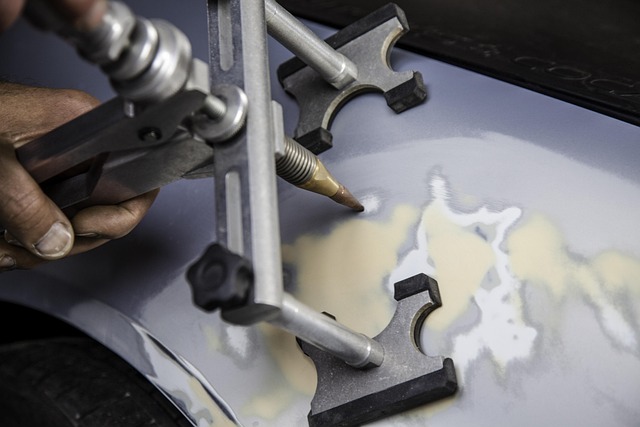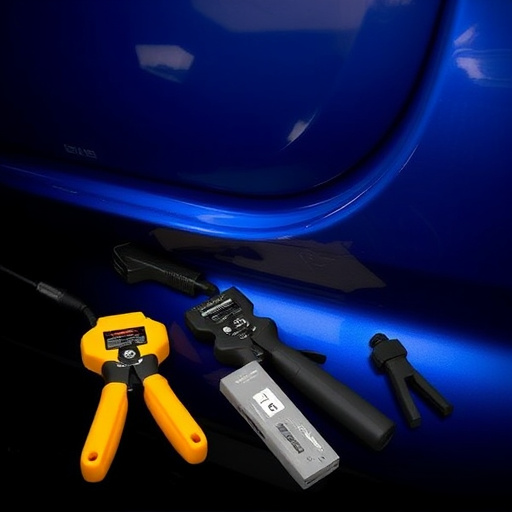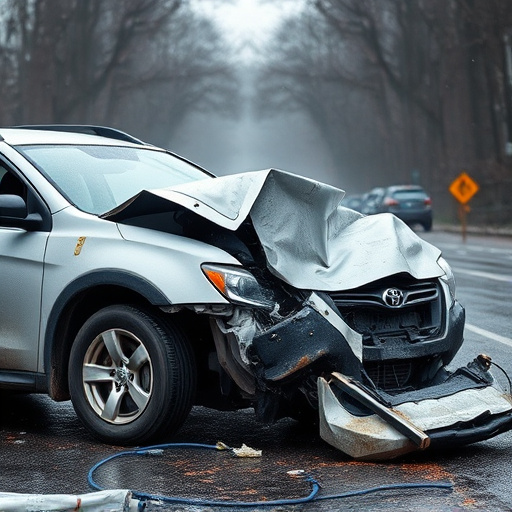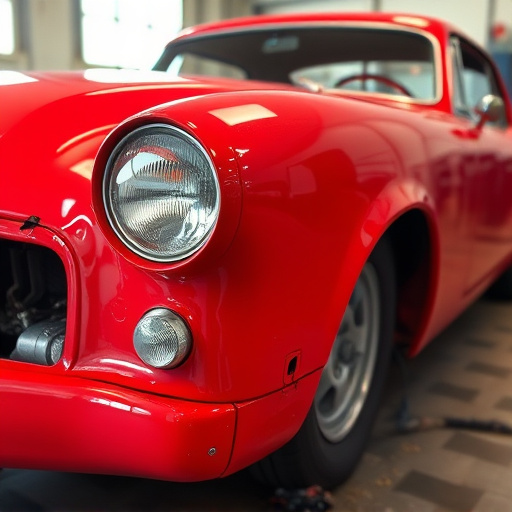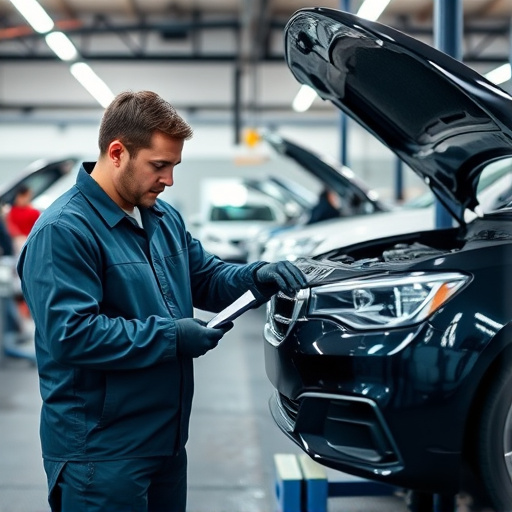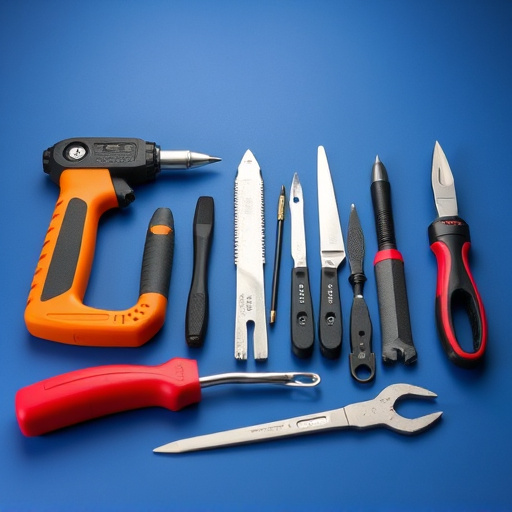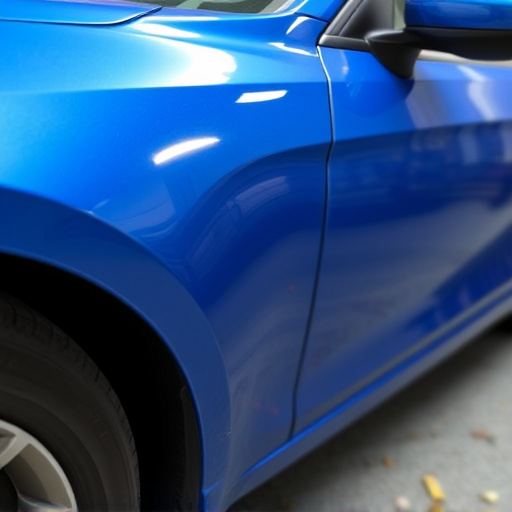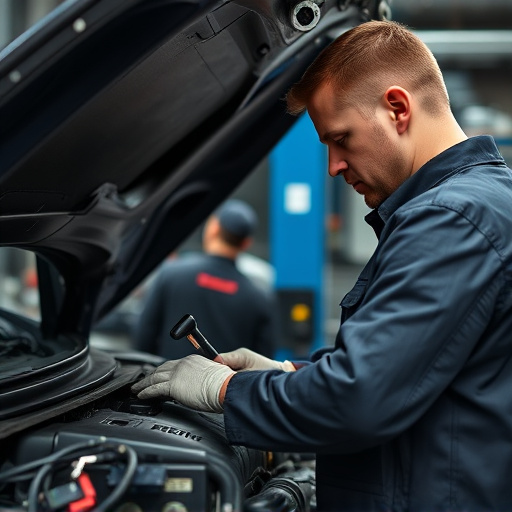Before restoring a pearl finish vehicle, conduct a thorough inspection for damage like dents and scratches, noting extent and location. Assemble a toolkit with auto repair essentials including sandpaper, primer, paint, and safety gear, focusing on quality products. Ensure proper ventilation and create a clean, well-lit workspace dedicated to the pearl finish collision repair project.
Preparing your vehicle for a pearl finish collision restoration requires meticulous attention to detail. This comprehensive guide walks you through every step, from assessing damage and gathering essential tools (pearl finish collision repair) to the intricate process of sanding, priming, and painting. Learn how to choose the right products and apply techniques that preserve the car’s unique pearl finish. Discover final touches like clear coating application and vital maintenance tips for longevity after restoration.
- Assessing Damage and Gathering Materials
- – Understanding the extent of damage for pearl finish vehicles
- – List of essential tools and materials required for restoration
Assessing Damage and Gathering Materials
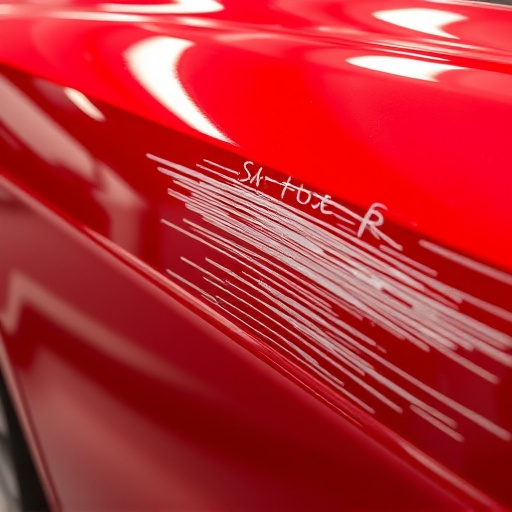
Before starting any pearl finish collision restoration, it’s crucial to assess the damage on your vehicle meticulously. Begin by conducting a thorough inspection, looking for dents, scratches, and any signs of paint impairment. Take note of the extent and location of the damage, as this will guide your repair process. For minor imperfections, you might only need a gentle touch with polish and wax; but for more severe cases, an entire repaint job could be required.
Gathering the right materials is another essential step in pearl finish collision repair. Depending on the level of damage to your vehicle bodywork, you’ll need specific tools and supplies. From automotive-grade sandpaper to high-quality primers and paints, each component plays a vital role in achieving a seamless, professional finish. Ensure that your workspace is well-ventilated and equipped with safety gear, as some products may emit strong fumes.
– Understanding the extent of damage for pearl finish vehicles
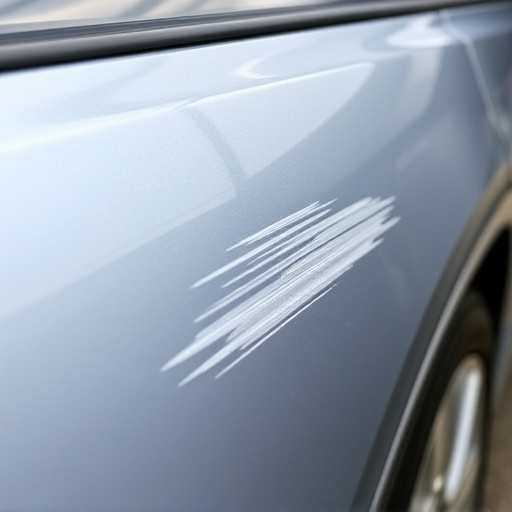
When it comes to pearl finish vehicles, assessing damage is a meticulous process. These cars are known for their sophisticated, iridescent finishes that demand precision and care during the restoration process. Unlike matte or solid-color vehicles, identifying minor scuffs or scratches on a pearl finish can be challenging due to its unique reflective properties. Therefore, a thorough inspection is crucial before initiating any pearl finish collision repair.
During the evaluation, pay close attention to the extent of the damage, including paint chips, dents, and any signs of prior repairs. The goal is to ensure that the restoration process enhances the vehicle’s natural beauty rather than simply hiding imperfections. This meticulous approach extends beyond aesthetics; it guarantees a durable, high-quality car collision repair that respects the pearl finish’s distinctive character.
– List of essential tools and materials required for restoration
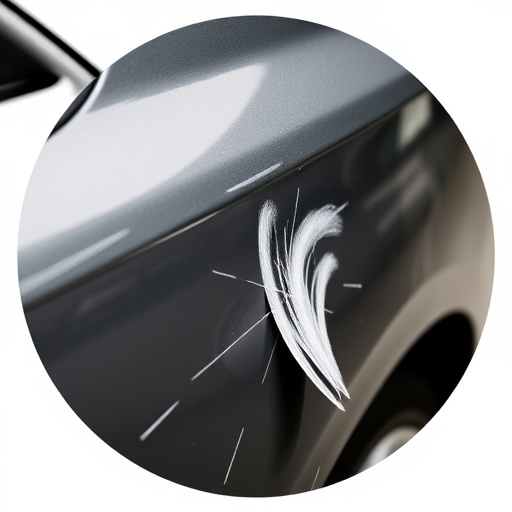
To successfully prepare your vehicle for a pearl finish collision restoration, several essential tools and materials are indispensable. The process demands precision and attention to detail, hence the need for top-quality items that ensure optimal results. Begin with a comprehensive set of auto repair tools including sandpaper (grits ranging from 400 to 2000), a random orbital sander, and several types of brushes for various surfaces. Additionally, you’ll require a high-quality pearl finish paint, suitable primer, clear coat, and an applicator gun with the appropriate tips. Don’t overlook safety gear: protective goggles, gloves, and a respirator mask are crucial for safeguarding against harmful fumes during the vehicle paint repair process. Moreover, a clean, well-lit workspace is vital to ensure accuracy and efficiency in pearl finish collision repair.
Preparing your vehicle for a pearl finish collision repair involves careful assessment and gathering of specific materials. By understanding the unique needs of pearl finishes and equipping yourself with the right tools, you’re well on your way to achieving a flawless restoration. Remember, attention to detail is key when working with this delicate finish, ensuring a stunning, like-new result.

